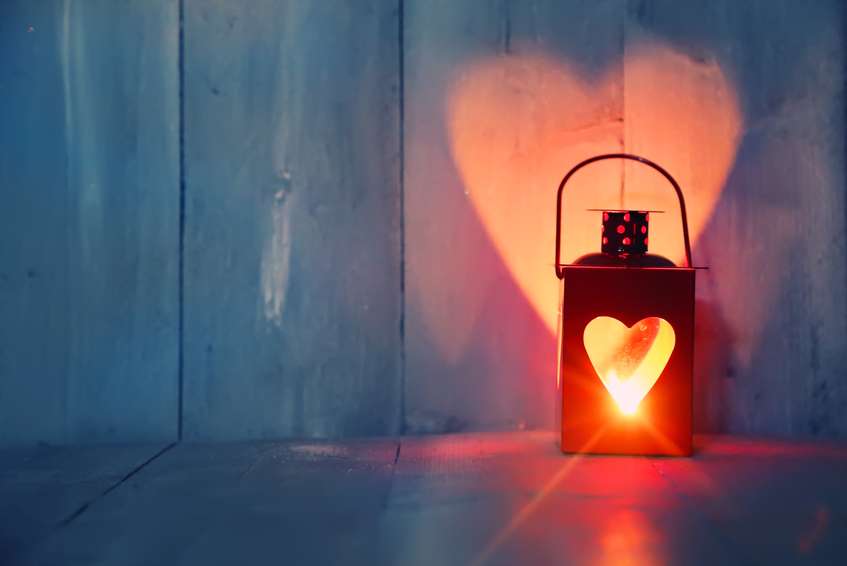6 Ways Light Can Affect Your Emotions

Neuroscientists have been hard at work trying to figure out how light intensity and temperature affects our emotions. It has long been established that the lack of sunlight during winter time leads to a psychological condition known as Seasonal Affective Disorder, aptly shortened to SAD. Recent studies, however, have uncovered that both positive and negative emotions could be heightened due to bright lights, with less intense lighting could have an opposite effect. The study contradicts the common misconception that people prone to depression only need to expose themselves to bright light.
Researchers have delved deeper and measured the effects of different colored light on one’s behavior and mood. Scientists exposed a group of people to different colors of light and measured the parts of the brain that reacted. They have concluded that different lighting does have a significant effect on changing human emotions.
-
Bright lights heighten our emotions
This could be seen as both positive and negative. Whatever emotion we may be feeling, it will be increased due to exposure to bright light. This means that those who are feeling happy will become even more joyful, and those feeling a little down will only feel sadder due to higher intensity light. Studies have also shown that bright lights could also impact our decision-making capabilities. Higher intensity light could make us feel more decisive, but it could also increase our negative feelings like anxiousness and anger. Experts suggest a healthy balance of light exposure will allow people to experience lesser stress and more able to make sound decisions.
-
Cool lighting is great for productivity.
Ever since we started using artificial lighting, people have suggested that natural light positively affects the productivity of workers. New research has claimed that cool, blue colors, however, better jobs at increasing our output than natural light. Blue-white tones make people more alert and easier to concentrate on tasks thereby increasing our productivity levels. Blue light has also shown to inhibit the hormone melatonin, the hormone responsible for making humans feel sleepy, allowing people to feel more awake.
-
Blue light can wreak havoc to our sleep cycle.
Ever wonder why many social media apps and sites use shades of blue? As I mentioned above, blue light inhibits the release of melatonin, the hormone responsible for sleep. This is good during the day as it allows us to focus more and feel more awake. During the night, however, it could mean a tough time getting sleep. If you find it hard to sleep at night, maybe try avoiding going on social media 30 minutes before your bedtime. Tech companies also understand the effects of light on people’s health and have installed the night mode feature on phones and computers to help people sleep.
-
Yellow light helps us feel more relaxed.
Imagine a relaxing night, what should be the ideal lighting? If you answered warm tones then you are right. Warm artificial light has the opposite effect of cool light. It can help us to relax. There’s a reason why a lot of people feel calm around an open fire or use candlelight to encourage intimacy. Studies have suggested that too much exposure to blue light could increase the risk of depression, diabetes, and other diseases. Exposure to warm, red tones could negate that effect. Warm lighting could help relieve the stress that we experience daily.
-
Natural light could make us happier.
Many people associate happiness with being outside on a sunny day. This belief is no coincidence. Studies have shown that exposure to natural light, especially sunlight, greatly enhances our mood, making us feel a lot happier. Many people always prefer to be outside on a nice, sunny day. They flock to parks and beaches to soak up the sun. Offices with more windows to let in natural light have lesser reports of stress and fatigue among their employees.
-
Natural light could also help people prone to depression.
Scientists have seen a significant correlation between vitamin D levels in the body and depression. When exposed to more sunlight, individuals have reported that moments of depressive moods have decreased. Other studies have also suggested that a combination of light therapy and anti-depressants have been proven to be a lot more effective at alleviating symptoms of depression than anti-depressants alone.
For thousands of years, humans have evolved to adapt to different environmental lighting. A clear sunny day could mean a good time to hunt. The cool light of a full moon could make ancient humans more alert for hidden dangers. Gathering around an open fire may cause them to be relaxed and calm. Human emotions are complex, and we are only just uncovering the many ways it could be influenced externally.
Author Bio:
Sarah Brooks is an ardent blogger who adores to expound on health, beauty, fashion, food, travel and more. She enjoys spending her spare time swimming and reading books. She also blogs at SAD Lights Review, which offers invaluable info about Seasonal Affective Disorder (SAD) and a wide range of products that offers safe and natural treatment for depression and SAD.